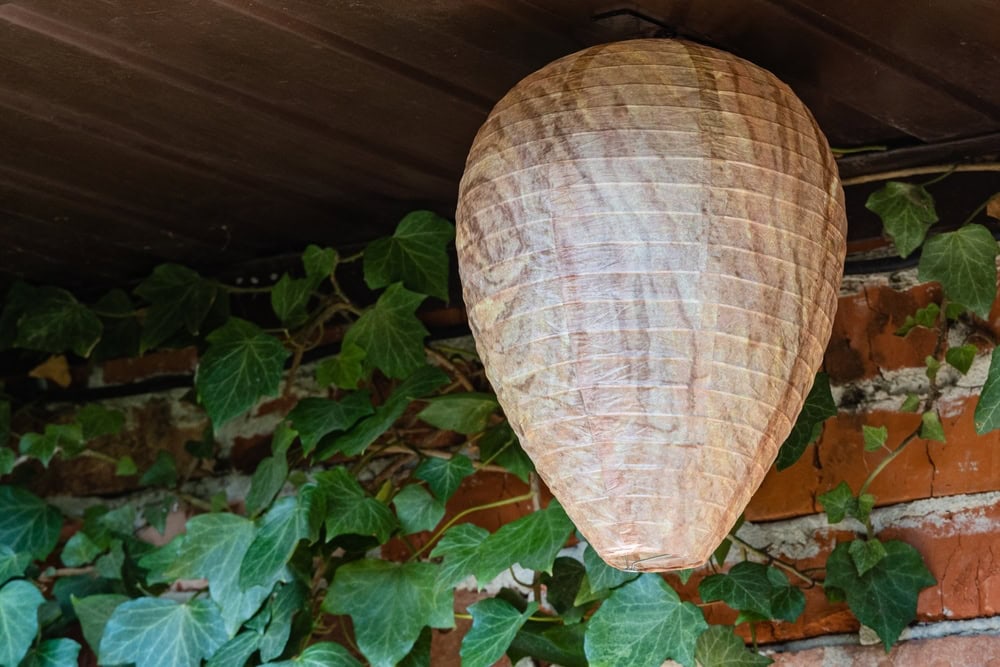Professional wasp removal that protects your family without the danger of DIY attempts.

Hear from Our Customers

You get your yard back. No more dodging wasps near your front door or worrying about kids playing outside.
When we handle your wasp problem, you’re not just getting rid of the immediate threat. You’re eliminating the nest completely so they don’t rebuild in the same spot next month.
Your outdoor spaces become usable again. Barbecues, pool time, gardening – all the things you should be able to enjoy on your own property without looking over your shoulder for angry wasps.
86 Pest and Wildlife Removal has been protecting Audubon families from wasp infestations for years. We’re the team that shows up when the nest is twenty feet up in your eave or tucked behind your shutters where you can’t reach.
We’re licensed, insured, and equipped with the right gear to handle aggressive wasp colonies safely. While your neighbor might suggest a can of spray and a ladder, we know that’s how people end up in the emergency room.
Our technicians understand wasp behavior specific to New Jersey species. We know when they’re most active, where they build, and how to eliminate them completely the first time.

First, we assess the situation. We locate all nests, identify the wasp species, and determine the safest removal approach. You’ll know exactly what we’re dealing with before we start.
Next, we suit up in professional protective gear and apply targeted treatment directly to the nest. We use methods that eliminate the entire colony, not just the wasps you can see flying around.
After treatment, we remove the nest structure and clean up any debris. We also check for secondary nests nearby – wasps often build multiple colonies close together. Before we leave, we’ll point out areas where future nests might develop and give you prevention tips that actually work.

Ready to get started?
You get complete nest removal, not just a spray-and-pray approach. We eliminate the queen, workers, and larvae so the colony can’t rebuild.
Our service includes proper disposal of nest materials and contaminated debris. Wasp nests can harbor bacteria and attract other pests if not handled correctly.
We also provide follow-up inspection if needed. Sometimes wasps from other nearby colonies will investigate the treated area. If you see unusual activity within two weeks, we’ll return to make sure the job is complete.
